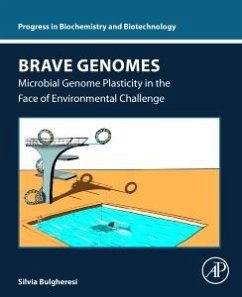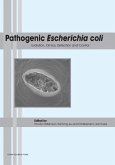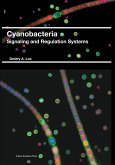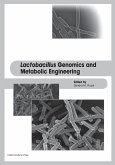The role of environmentally triggered genetic and epigenetic changes in microbial adaptation and evolution is still not broadly appreciated. Brave Genomes: Microbial Genome Plasticity in the Face of Environmental Challenge narrates how microorganisms cope with environmental changes including unanticipated ones. Although it does comprise eukaryotes, it focuses on bacteria and - whenever possible - on archaea. Among the environmentally sensitive sources of genome plasticity, the book treats tandem repeats, mutagenic break repair, transcription-associated mutagenesis and transposable elements. Additionally, it deals with epigenetic mechanisms such as DNA methylation and regulatory RNA-based systems. These not only regulate the activity of mobile DNA, they can also synergize with it. In closing, symbiosis and genetic noise are also discussed as possible sources of phenotypic plasticity. Brave Genomes emphasizes the role of the environment in generating genotypic and phenotypic diversity. This emerges, in turn, as the most efficient response to challenging conditions.
Hinweis: Dieser Artikel kann nur an eine deutsche Lieferadresse ausgeliefert werden.
Hinweis: Dieser Artikel kann nur an eine deutsche Lieferadresse ausgeliefert werden.








